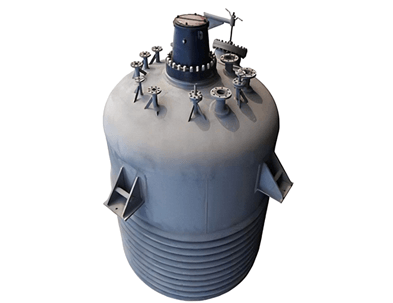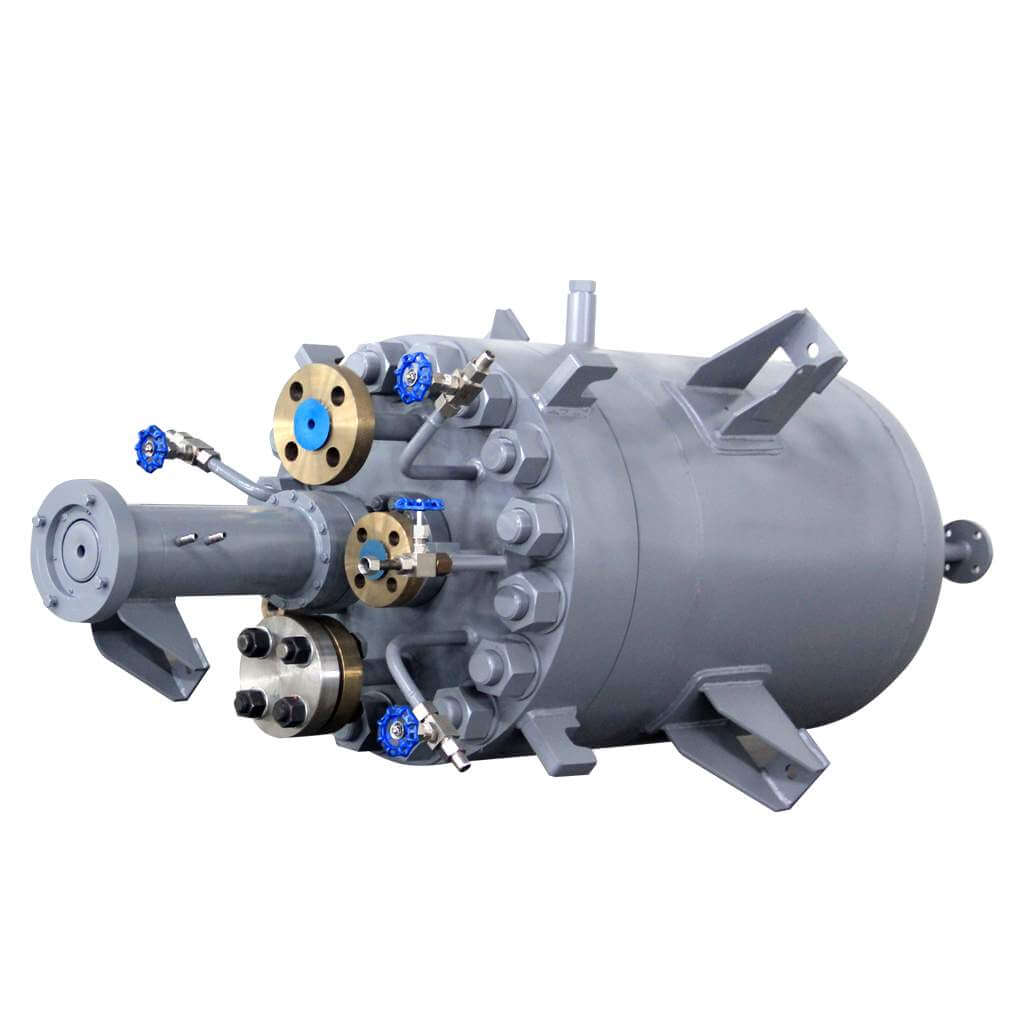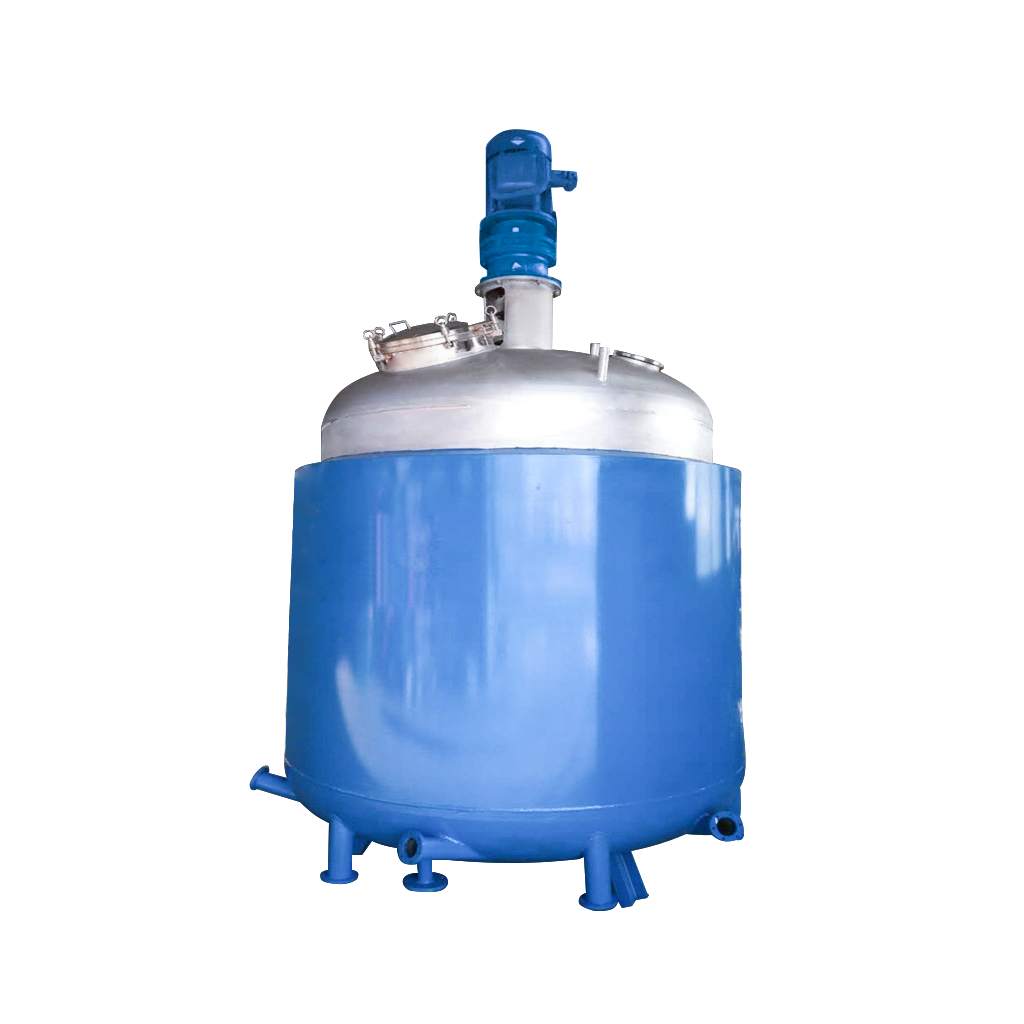

Hydrogenation Reactor
Hydrogenation Reactor:used in chemical synthesis, pharmaceutical manufacturing, food processing, and other fields.
Material
stainless steel (316, 304), carbon steel, others
Capacity (L)
10-10000+
Mixing system
anchor, paddle, frame and others
Heating system
electric heating, oil heating and others
Hydrogenation reactors are widely used in various catalytic reaction speeds, high-pressure and high-temperature generation, hydrogenation reactions, vapor-liquid two-phase, liquid-liquid two-phase, chemical reactions, corrosion detection, precision processing, supercritical extraction, and other applications. Mainly distributed in petrochemical equipment, organic chemistry, pharmaceutical industry, polymer synthesis, metallurgical industry, and other industries. At the same time, it has the characteristics of heat resistance, corrosion resistance, and high production capacity.
Request a quoteHydrogenation reactors have the advantages of heat resistance, corrosion resistance, and high throughput, and are widely used in pharmaceuticals, beverages, chemical plants, color pastes, epoxy resins, scientific research, and other industrial sectors. The hydrogenation reactor is a combination of a reaction vessel, reaction standard automatic control system, and test equipment. Strict control is carried out on key parameters such as temperature, pressure, mixing, and products/substances during the reaction process.

Installation of hydrogenation reactor
1. Check whether the pipe fittings and fasteners of the hydrogenation reactor are loose and tight, and check whether the instruments are malfunctioning.
2. Air tightness test: The medium should be nitrogen and other inert gases, and the test pressure should be 1-1.5 times the working pressure. The pressure increase must be carried out in stages, with an interval of 0.25 times the working pressure, and a five-minute pause for each level of increase. When the test pressure reaches the test pressure, stop for 30 minutes. If air leakage is found, the pressure should be reduced and repaired before testing again.
Operation of the hydrogenation reactor
Connect the inlet and outlet pipes of the cooling water jacket on the stirring bearing seat of the hydrogenation reactor, and conduct a temperature and pressure increase test. The heating rate is generally not greater than 80℃/h, and the test pressure and temperature are only 50% of the rated value. There must be no leakage or other abnormal noise.

Reaction operation of hydrogenation reactor
1. Clean the inner wall of the hydrogenation reactor as well as the air inlet pipe, ground pipe, cooling coil, and stirring (use liquid cleaning, and do not scrape it off with hard objects to prevent damage to the surface.
2. Add the reaction materials into the hydrogenation reactor kettle in sequence, and use solvent and filter paper to clean the sealing contact surface between the kettle body and the kettle lid.
3. Move the kettle lid to the top of the kettle body and slowly close it without hitting the sealing surface. After the cauldron lid is closed. Install the gasket and tighten the bolts according to the number. Use a torque wrench to gradually tighten the bolts in a diagonal and symmetrical manner several times. When tightening the bolts, the force should be uniform and the tightening torque should not exceed 100.
4. After tightening the lid of the hydrogenation reactor, close the air inlet valve and the ground pipe valve, check whether the pressure-reducing valve is closed, then open the gas cylinder and pressure-reducing valve in sequence, and replace the air in the hydrogenation reactor with nitrogen three times. Then replace the nitrogen in the hydrogenation reactor with hydrogen three times and fill it with the hydrogen pressure required for the reaction. Close the air inlet valve, cylinder valve, and pressure reducing valve.
5. Turn on the cooling water.
6. Adjust the given value of the temperature indicator regulator, pull the heating switch, and adjust the heating knob to adjust the heating speed. After the temperature reaches a given value, the output voltage is completely disconnected to achieve constant temperature. After heating is completed, adjust the heating voltage to zero and turn off the heating switch to ensure the safe operation of electrical components.
7. Turn the stirring of the hydrogenation reactor to the zero position, turn on the stirring power switch, and adjust the stirring potentiometer to adjust the stirring speed. When stopping stirring, turn the potentiometer and then turn down the stirring switch to ensure the safe operation of electrical components.
8. After the reaction is completed, stop heating and reduce the temperature to normal temperature. Stop stirring and turn off the cooling water. Release the pressure in the hydrogenation reactor and replace the remaining hydrogen in the hydrogenation reactor with nitrogen. Use a torque wrench to remove the bolts symmetrically and evenly, and slowly lift the cauldron lid and place it on the bracket. After removing the materials in the hydrogenation reactor kettle, clean all parts of the kettle with solvent and set aside for use.
Precautions for hydrogenation reactor
1. The heating and cooling of the hydrogenation reactor kettle must not be rapid cooling and rapid heating. The heating rate is generally not greater than 80°C/h. Air cooling or air cooling can be used for cooling.
2. When using direct heating to heat up, the heating speed must be reduced before reaching the operating temperature to prevent over-temperature.
3. The needle valve is a line seal. You only need to turn the valve needle slightly to achieve good sealing. Do not use excessive force to avoid damaging the sealing surface.
4. The hydrogenation reactor and controller must be grounded to ensure safety.
Hydrogenation reactors are widely used in many fields in today’s society. As a container that can handle physical or chemical reactions, it also occupies a large position in different fields. In the decades of development, the hydrogenation reactor has experienced a growth process from scratch to small to large. With the further development of industry, the demand for hydrogenation reactors will further grow, and development trends are constantly changing. Understand the operating procedures of the hydrogenation reactor to avoid safety accidents and maximize the service life of the equipment.




